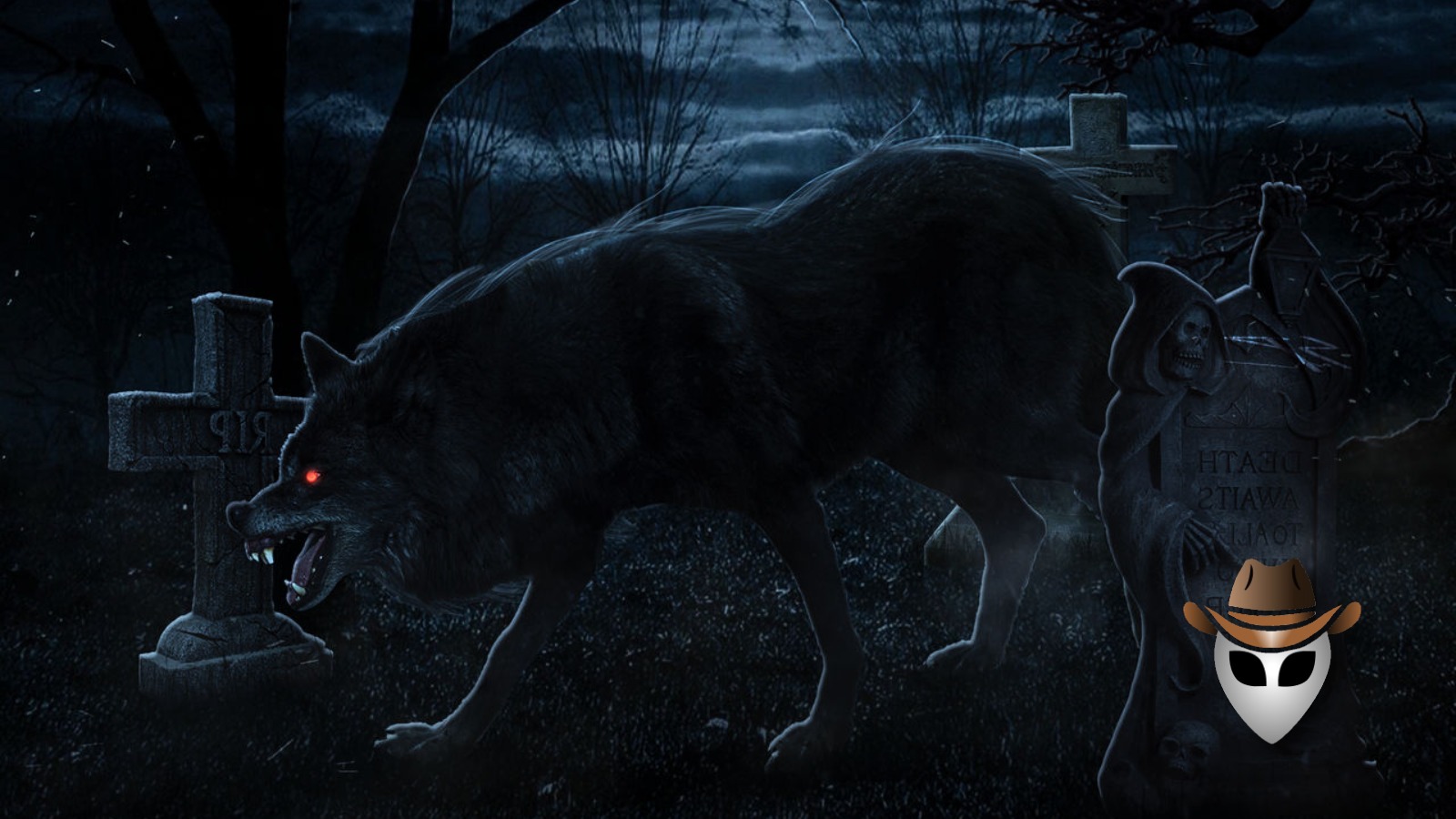The Black Shuck is one of the most enduring legends of the British Isles. This ghostly black dog, with its ominous presence and piercing red or green eyes, is said to haunt the countryside of East Anglia, particularly Norfolk, Suffolk, and Essex. The Black Shuck has been a staple of local folklore for centuries, inspiring fear and fascination in equal measure.
The Black Shuck’s origins can be traced back to the early medieval period, with the first recorded sighting in 1127. The legend gained prominence during the 16th century, particularly after the terrifying event at the churches in Bungay and Blythburgh in Suffolk in 1577. According to reports, a large black dog burst into these churches during a storm, causing havoc and allegedly killing several worshippers. This event solidified the Black Shuck’s reputation as a harbinger of doom and death.
Evidence in Favor of the Black Shuck’s Existence
Historical Accounts: Numerous historical records and eyewitness accounts describe encounters with the Black Shuck. The event at Bungay and Blythburgh is particularly well-documented, with multiple sources reporting similar details. These accounts lend some credibility to the legend, suggesting that something unusual did indeed occur.
Cultural Consistency: The Black Shuck is not an isolated legend but part of a broader tradition of black dog folklore in Britain and Europe. Similar spectral hounds appear in Welsh, Scottish, and Irish folklore, known by various names such as the Barghest, Gwyllgi, and Moddey Dhoo. The consistency of these legends across different cultures and regions points to a common cultural archetype that could have some basis in reality.
Physical Evidence: In 2014, the skeletal remains of a large dog were discovered near the ruins of Leiston Abbey in Suffolk. While the remains date back to the 16th century and are not definitively linked to the Black Shuck, the discovery reignited interest in the legend. Some suggest that this could be the body of a dog that inspired or contributed to the Black Shuck stories.
Evidence Against the Black Shuck’s Existence
Psychological Explanations: Many scholars argue that the Black Shuck legend can be explained through psychology. Fear and superstition can cause people to see or believe in things that are not there. The Black Shuck sightings often occur at night or during storms, conditions that can easily lead to misinterpretation of natural phenomena.
Natural Explanations: The sightings of the Black Shuck can often be attributed to large black dogs or other animals. During the medieval period, large dogs were common as working animals and guards. A large, aggressive dog encountered at night could easily be mistaken for a supernatural creature, especially if it had unusual features such as glowing eyes due to retinal reflection.
Folklore and Storytelling: The Black Shuck is a classic example of how folklore evolves and spreads. The story of the Black Shuck has likely been embellished and exaggerated over the centuries. Each retelling adds new details and heightens the terror, making the legend more compelling but less reliable as evidence of a real phenomenon.
The legend of the Black Shuck remains a fascinating part of British folklore. Whether seen as a supernatural entity or a product of human imagination, the Black Shuck captivates the imagination and embodies the fears and mysteries of the rural countryside. The historical accounts, cultural consistency, and occasional physical evidence provide intriguing support for the legend. However, psychological, natural, and folkloric explanations offer compelling arguments against the existence of a spectral black dog.
Ultimately, the Black Shuck serves as a reminder of the power of storytelling and the human tendency to find meaning and terror in the unexplained. Whether real or imaginary, the Black Shuck continues to haunt the landscapes of East Anglia, a testament to the enduring nature of myths and legends.
What do you think? Is the Black Shuck real? Have you had your own encounters? Share your story in the comments below!
